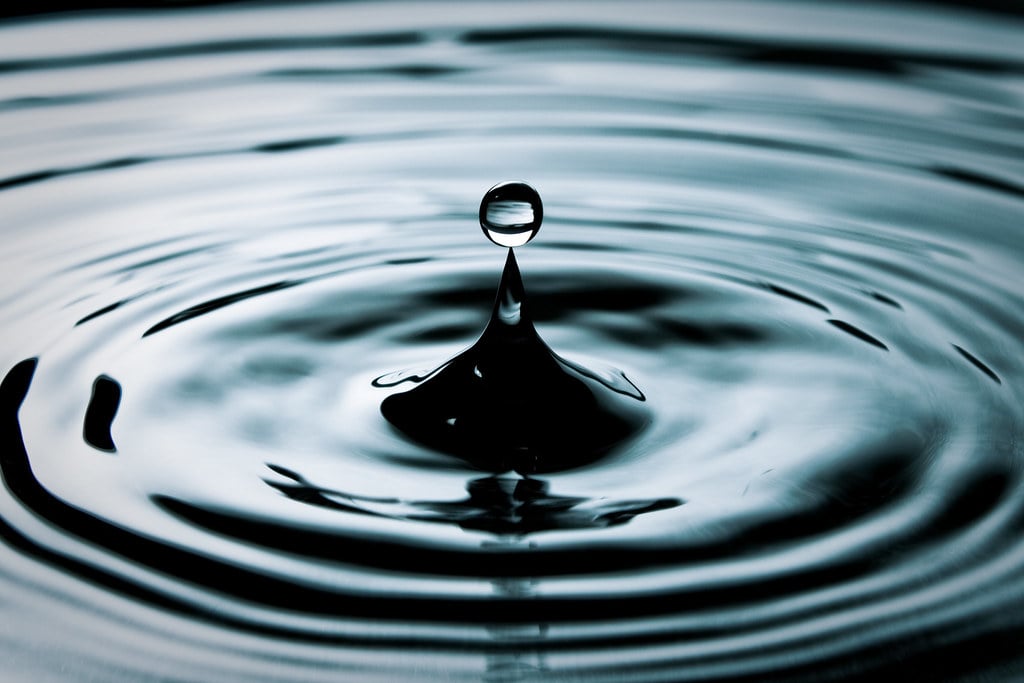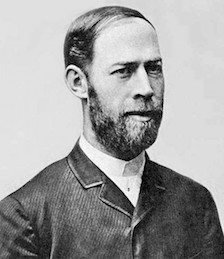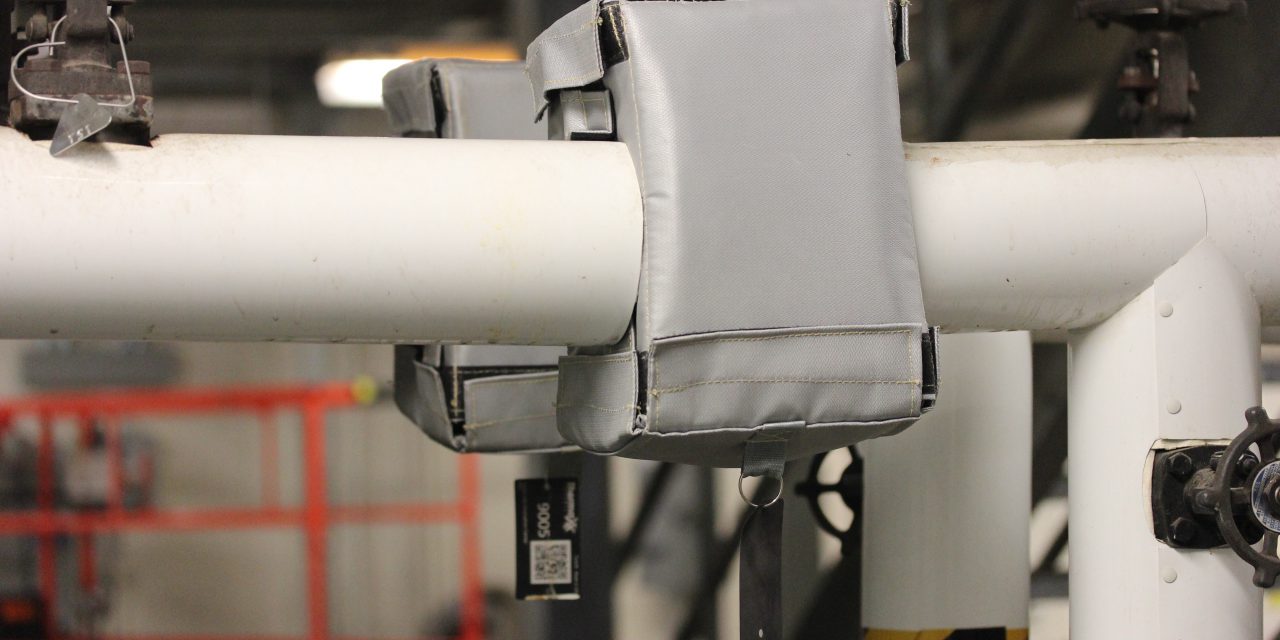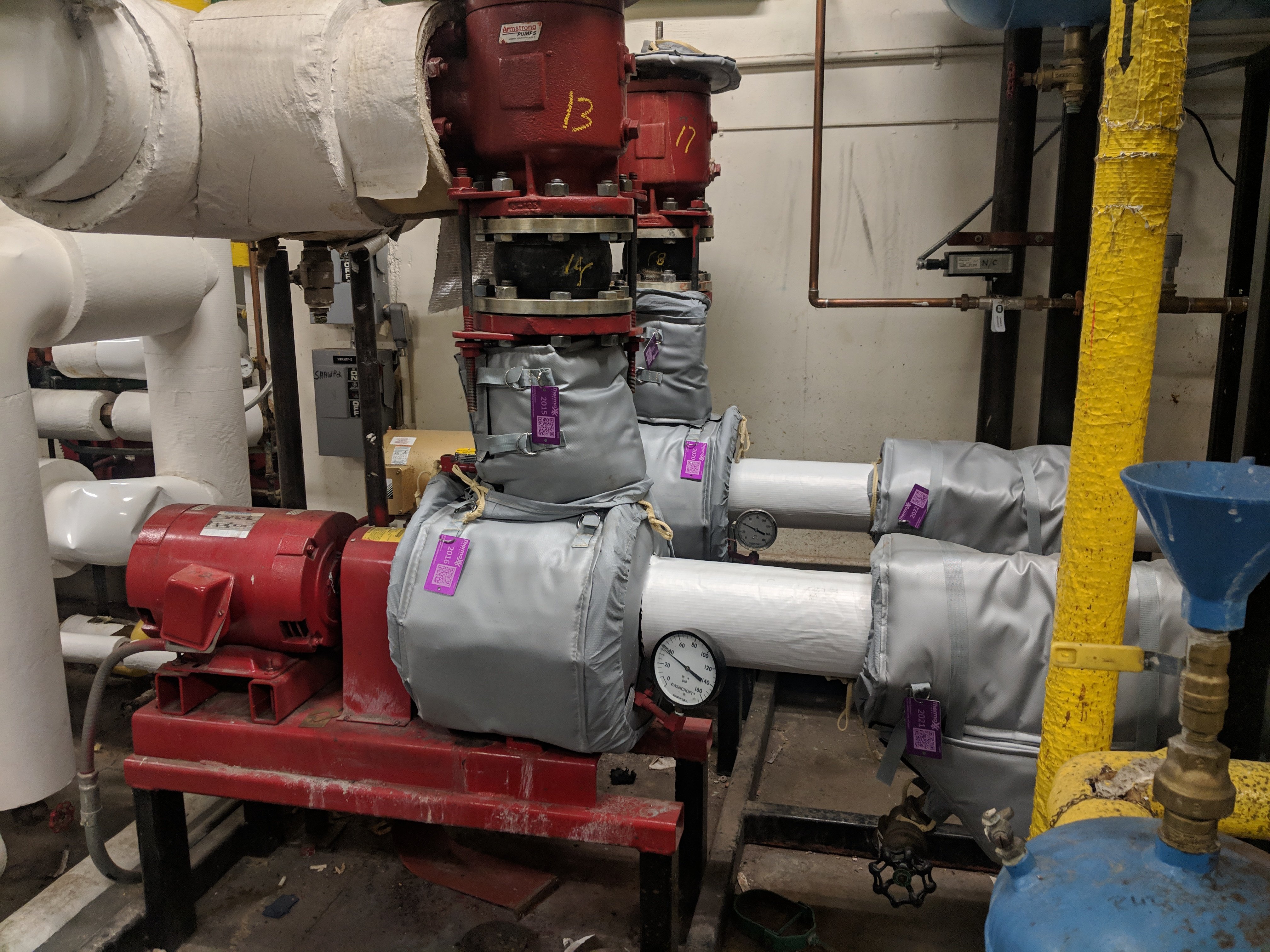Sound Waves & Their Characteristics Explained
 What is a Sound Wave?
What is a Sound Wave?
What is a sound wave? Not being able to see a sound wave makes this a difficult question. Close your eyes and picture dropping a hammer onto a table. As the hammer hits the table, you hear a loud noise. What happened? The hammer hitting the table created a disturbance in the medium causing a wave to propagate through the medium. What does that exactly mean? Here we are dealing with two independent events: first, the hammer hitting the table causing a disturbance; second, the wave propagating or moving away from the disturbance.
 Visualize yourself heaving a shot put into your backyard pool. The shot put breeches the water and sinks to the bottom of the pool. This is the disturbance. The waves that propagate from the shot put’s entry into pool are independent of that event. This is what is happening when you drop the hammer on the table. The hammer hitting the table causes the disturbance which ultimately causes the sound wave.
Visualize yourself heaving a shot put into your backyard pool. The shot put breeches the water and sinks to the bottom of the pool. This is the disturbance. The waves that propagate from the shot put’s entry into pool are independent of that event. This is what is happening when you drop the hammer on the table. The hammer hitting the table causes the disturbance which ultimately causes the sound wave.
Let’s look at what is happing on the molecular level. The hammer crashed into the table causing the table molecules to compress. As the hammer crashes, the table molecules are now out of equilibrium. The molecules situated at the top of the table are compressing against molecules underneath them. The compressed molecules desperately want to get back to their original state so they push upward. This is called the restorative property of the medium.
The inertial property of the medium, a medium’s natural tendency not to change, is fighting the restorative property. These two opposing forces cause the wave. Below we will explore different wave characteristics. We will look at wavelength, frequency, period, and amplitude. First, let’s explore the difference between pulse and periodic waves.
Skip Ahead:
Pulse vs Periodic Waves
Frequency and Period
Wavelength
Amplitude
Pulse vs Periodic Waves
A pulse wave, like the hammer story above, is an example of single wave. A pulse wave is said to have assaulted the medium only once. Periodic waves, on the other hand, are a series of waves. A compressor working several hours a day in a petroleum plant is giving off periodic waves. These are many and are continuously assaulting the medium. Pulse waves are not characterized by frequency because there is only wave.
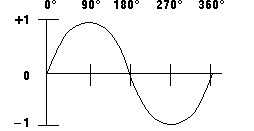

Pulse Wave Periodic Wave
Frequency and Period
|
Heinrich Hertz |
Frequency is the number of waves in a given period. The period could be one second, one minute or one hour. If there are five waves per second, we say the frequency is 5 hertz (Hz).
Hertz is named after Heinrich Hertz who proved the existence of electromagnetic waves in 1887. Later, after his death, the name hertz was given to the scientific unit of measure in his honor.
The period (T) is the time it takes for one full wave. Period and frequency (f) are related as shown in this formula:
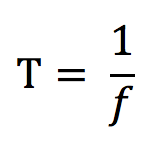
If we know either the period or the frequency, we can easily calculate the other. For example, if the period is 0.2 seconds, the frequency is 5 Hz:

Frequency and period have an inverse relationship. If frequency goes up, period goes down. If frequency goes down, period goes up.
The following table is a general reference to the frequencies of various speech and musical sounds.
Frequency (Hz) |
Description |
| 16 to 32 | The human threshold of hearing, and the lowest pedal notes of a pipe organ. |
| 32 to 512 | Rhythm frequencies, where the lower and upper bass notes lie. |
| 512 to 2048 | Defines human speech intelligibility, gives a horn-like or tinny quality to sound. |
| 2048 to 8192 | Gives presence to speech, where labial and fricative sounds lie. |
| 8192 to 16384 | Brilliance, the sounds of bells and the ringing of cymbals and sibilance in speech |
Wavelength
Wavelength (λ) is the length of a wave, measured in distance. This differs from the period since the period is measured in time. The wavelength is typically measured crest to crest or trough to trough. However, you measure it from a point as long as your end measurement is in the exact location one wave cycle from your starting point.
We can calculate the wavelength of a sound wave if we know its frequency. We know that distance equals speed times time, so the length of a sound wave is the speed of sound (340.29 m/s) times its period:
Or, since T=1/ƒ:
For example, let us calculate the wavelength of a 700 Hz ambulance siren:
Amplitude
Amplitude characterizes the wave’s energy or the severity of the disturbance to the medium. Ultimately, the amplitude describes the severity of molecular displacement in a medium. The amplitude is measured by subtracting the bottom of the wave from the top of the wave and dividing by two.

The energy (W) of a wave is proportional to the amplitude (a) squared.

When the amplitude is doubled, the energy is increased by a multiple of four. When the amplitude is tripled, the energy is increased by a factor of nine.

Conclusion
Sounds waves can be either pulse waves or periodic waves. A pulse wave is characterized as one assault to the medium while periodic waves are characterized as a series of successive assaults on the medium.Sound waves can be described by period, wavelength, amplitude, and for periodic waves we can include frequency.
Frequency is the number of waves in a given time. The period is the time it takes for one wave to fully assault the medium. Wavelength is measured from crest to crest or trough to trough. Amplitude characterizes the wave’s energy or intensity.
Learn more about Thermaxx Noise Insulation Jackets.
Categories
- removable insulation
- thermaxx jackets
- energy savings
- savings
- energy efficiency
- safety
- pipe insulation
- energy
- case study
- insulation materials
- thermal insulation
- heat loss survey
- heat loss
- energy loss
- hot insulation
- fiberglass
- installation
- steam
- New York
- custom insulation
- NYC Case Study
- boiler
- university
- Connecticut
- reusable insulation

